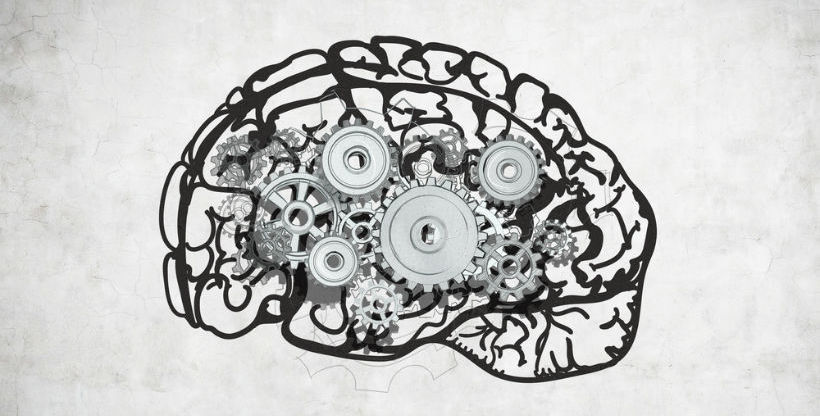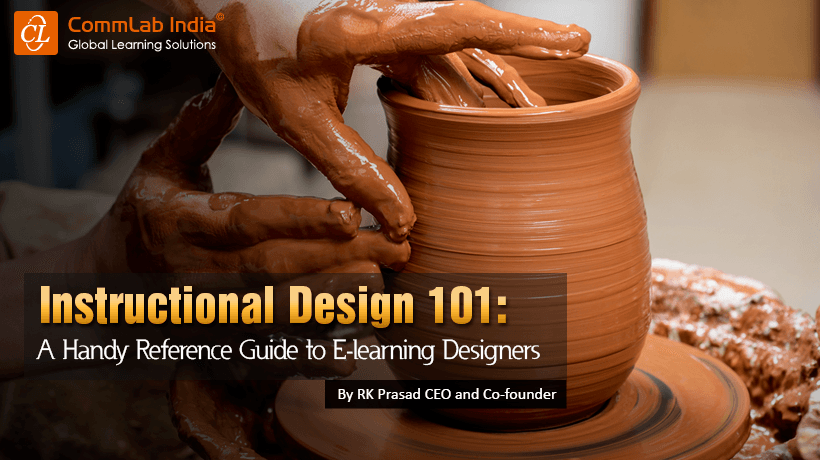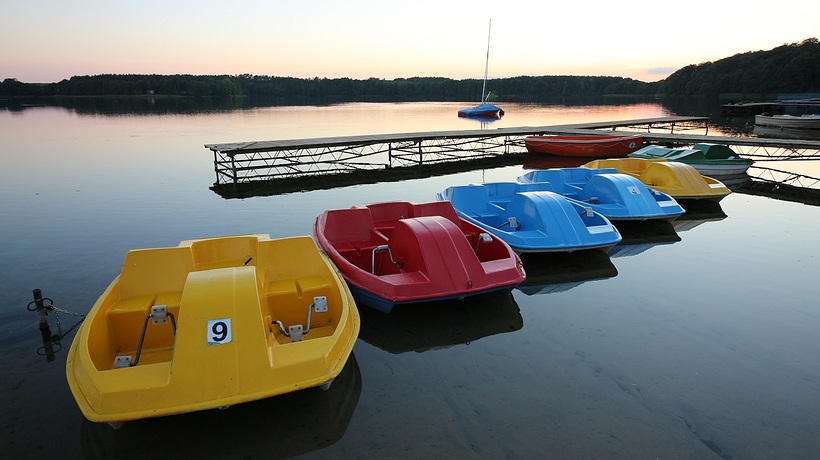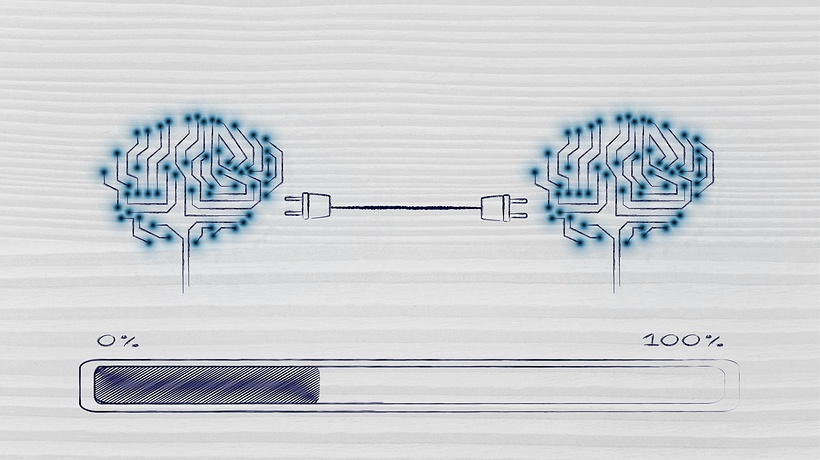October 25, 2016
How To Design To Help Working Memory, Part 1
When working on a project, it’s super helpful to understand and work within the project’s real needs and constraints. For example, when buying a car, knowing your finances and true needs will help you take into account what you can afford (including total cost of ownership) as well as what you really need. This thinking leads to better decisions. Because it’s often not possible to have everything, knowing what your client values most (for example, ease of updating and reduced costs for support) and what the audience most needs (for example, a quick start on basic tasks) helps you prioritize what you build and how you build it. Here is how to design to help working memory and offer more effective learning experience to your learners.
by Patti Shank, PhD











